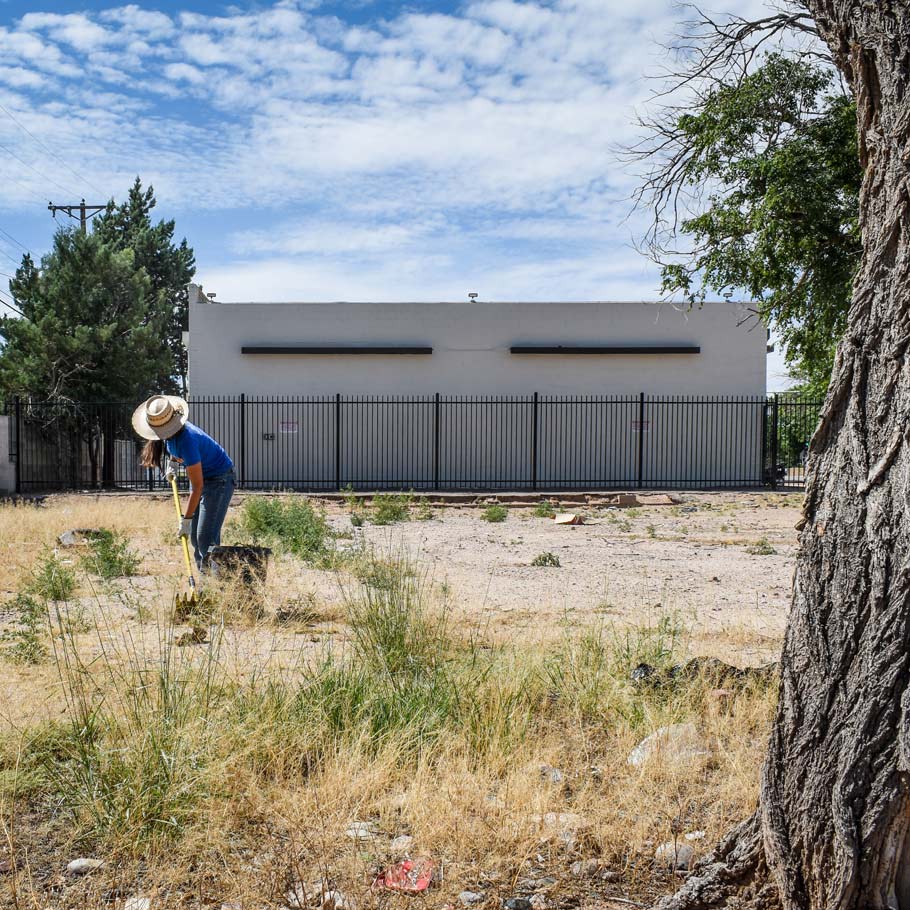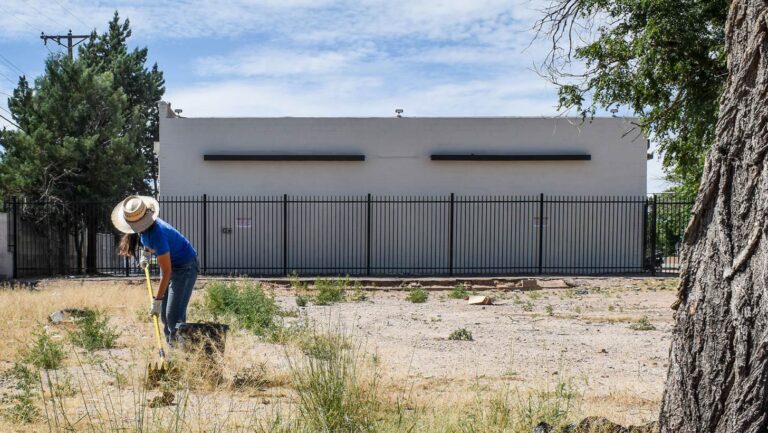Youth Building A Future Outside
A Conversation With Rocky Mountain Youth Corps’ Janus Herrera


Clarke Condé
Latest Article|September 3, 2020|Free
::Making Grown Men Cry Since 1992


Clarke Condé


